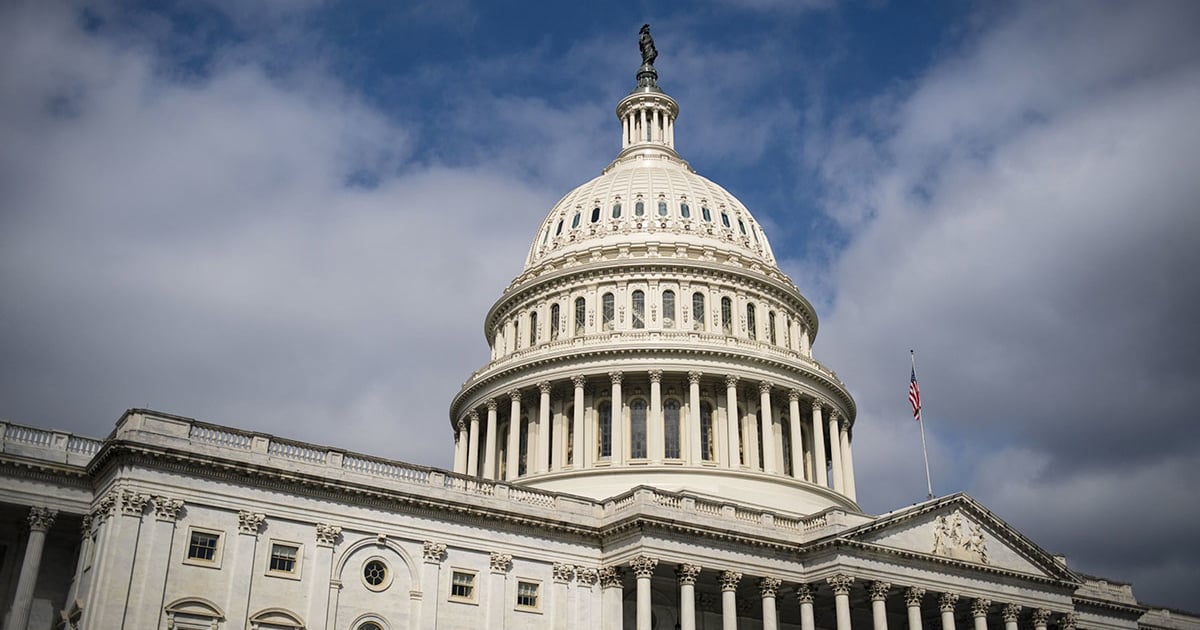
WASHINGTON — While an end-of-year attempt to pass legislation on LIFO tax relief ultimately stalled in the House, dealers affected by record-low levels of new-vehicle supply are still hopeful a bill will pass this year.
The Senate last month unanimously passed a bill — known as the Supply Chain Disruptions Relief Act — that would have provided relief to dealerships that use the “last in, first out” inventory accounting method and have struggled to maintain inventory levels because of the global semiconductor shortage. The House adjourned at year end without voting on the bill.
Under a new Congress — with Republicans now controlling the House and Democrats holding a slim majority in the Senate — the bill must be reintroduced.
“I’m disappointed that, after the Senate passed it, the House did not take the bill up before the Congress ended,” Sen. Sherrod Brown, D-Ohio, said in a statement to Automotive News. “This legislation has broad bipartisan support, and I look forward to working with my colleagues to push it across the finish line and provide this much-needed relief.”
Brown’s bill was introduced in late April after Rep. Dan Kildee, D-Mich., introduced an identical House version earlier that month.
Both bills would have allowed dealerships to wait until 2025 to replace their inventories and determine the income attributable to the sale of such inventory during 2020 or 2021, giving dealers time to restock their inventories as the chip shortage eases and auto production returns to pre-pandemic levels.
In a joint statement to Automotive News, Kildee and co-sponsor Rep. Jodey Arrington, R-Texas, said they are “committed to continuing to work on bipartisan legislation that will deliver much-needed relief to these small businesses.”
The National Automobile Dealers Association, which has been lobbying Congress and the Biden administration for LIFO relief on behalf of new-car dealers, said the Senate’s passage of the bill in December “demonstrates clear congressional intent to resolve this issue legislatively.”
“NADA has built strong bipartisan support for LIFO relief legislation, and the measures will be reintroduced soon in the new Congress,” NADA CEO Mike Stanton said in a statement. “Although dealers have finalized returns, the legislation would provide dealers retroactive LIFO relief for tax years 2020 and 2021.”
Stanton said NADA will work with the lawmakers who supported last year’s bills “to build on our momentum and move the legislation as soon as possible.”
Businesses on LIFO — a tax deferment strategy used by about half of the nation’s new-vehicle dealerships — must maintain a sufficient level of inventory at year end to avoid triggering a potentially large income tax bill.
But production issues related to COVID-19 and the microchip shortage greatly reduced the flow of new vehicles to dealership lots and curtailed inventories starting in 2020 and worsening in 2021. That made the long-deferred income suddenly taxable at federal and state levels.
For some dealers, the LIFO recapture has led to additional tax payments from $100,000 to $2 million or more during the 2022 filing season that covered 2021 tax returns.
“For the most part, 2021 was the [tax] year where either they had significant recapture, or they had to reevaluate their LIFO strategy,” said Buddy Dearman, national industry leader for the dealerships practice at Forvis LLP.
Dealer strategies have included simply paying up if cash flow allowed it, electing off LIFO or switching to the Inventory Price Index Computation accounting method, which allows dealers to add used vehicles and parts inventories to their new-vehicle pool.
“I don’t think that what we will see for 2022 is to the magnitude of what we experienced for 2021,” said Dearman, noting that inventory levels for new and used vehicles last year were probably at or above 2021 levels.
Joe Magyar, managing partner of the retail dealership services group at accounting, consulting and technology firm Crowe, said his dealer clients “remain optimistic” that LIFO relief will be provided within a time frame that makes sense for filing 2022 tax returns.
“We continue to keep them informed about the legislative process as well as the impact of their inventory levels and options available regarding their LIFO calculations,” Magyar said.
Dearman, too, said there is hope for relief this year.
“I still believe — and those that we are in contact with in Washington still believe — that there’s a lot of support for this,” he said. “It just, procedurally, has got to start over.”